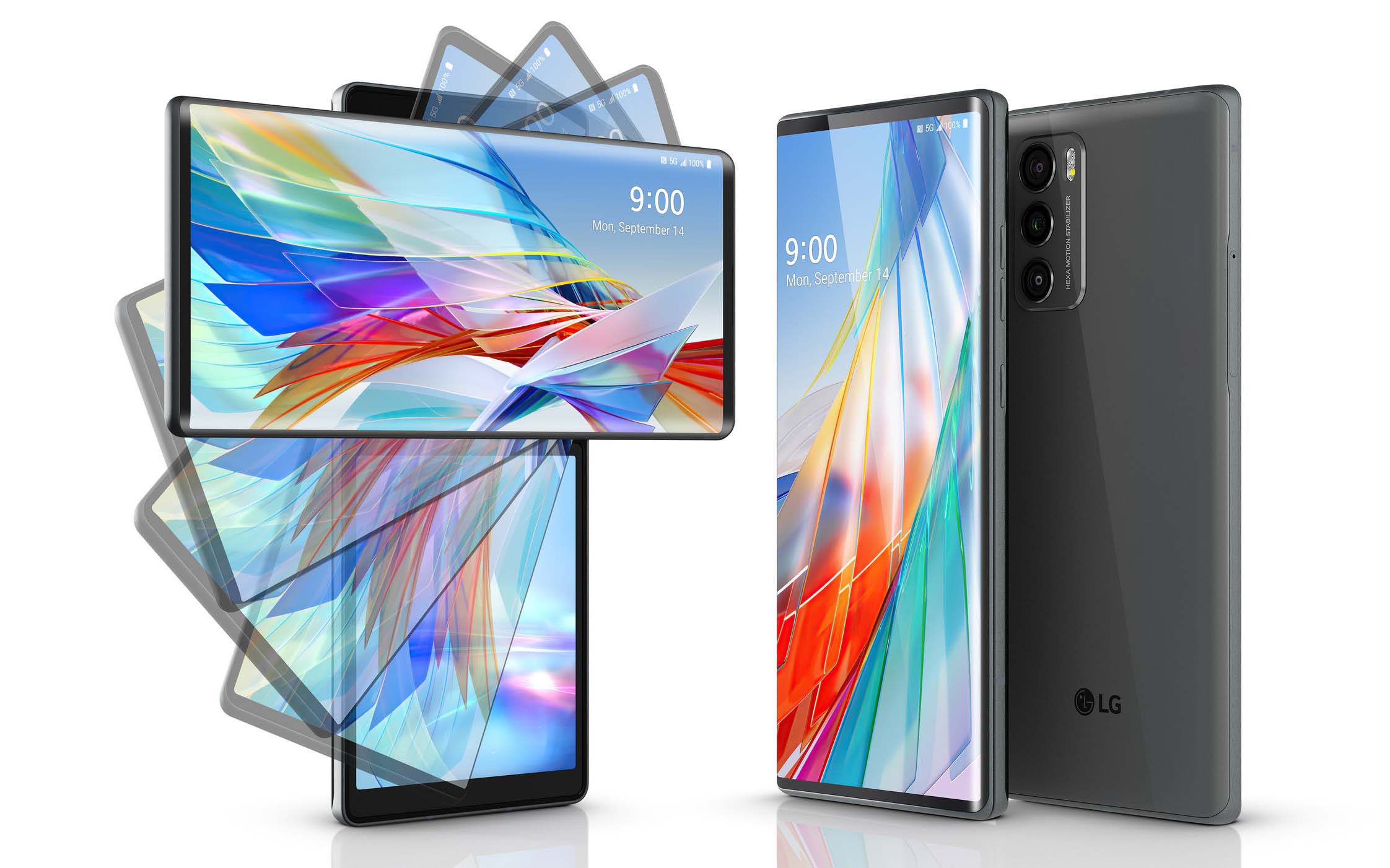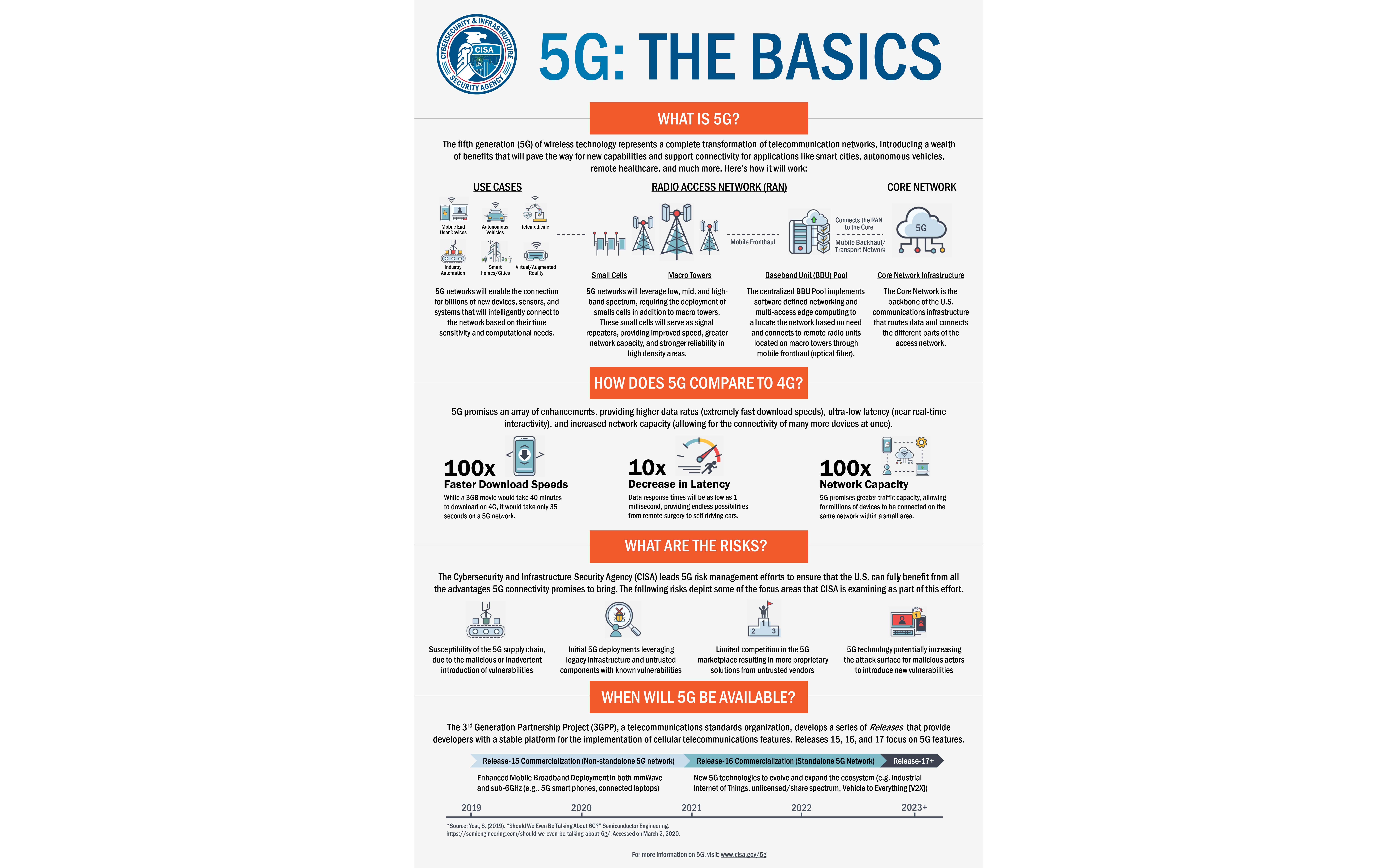5G promise, potential is great, mass deployment still years away
September 21-27, 2020
By Daily Record Staff
The promised benefits of 5G technology, often touted as on par with the advent of the internet and smartphones, has not yet lived up to its billing as few consumers have yet taken advantage of recent rollout of 5G mobile and direct-to-consumer content products by the nation’s top wireless carriers.
In a recent report by PwC, formerly PriceCoopersWaterhouse, technology analysts Mark McCaffrey, Dan Hays, and Rob Mesirow agree that 5G will usher into a new era of innovation but also predicted it may take several years before most Americans are familiar with the game-changing technology.
According to our US Mobile Index that tracks the trajectory of 5G, as of July 2020, coverage continues to make gains, reaching 60%. By January 2021, almost 75% of the US population will have 5G coverage available at home or work, though the type of coverage is not always consistent. Meanwhile, device penetration is all but stalled. Fewer than 4% of mobile devices to be in use by January 2021 will be 5G enabled.
In their July industry report, the PwC technology specialist said they expect 5G to hit a tipping point in 2023.
“5G will empower businesses to create new experiences and connect in inventive ways, changing how we work and play, and solving many long-standing problems – some not even identified yet,” wrote the PwC analysts. “Like with any nascent technology, enterprises risk rushing into the wrong 5G investments or failing to act soon enough, chasing technology rather than leading the future.”
“But we predict 5G won’t hit mass adoption until 2025. Enterprise executives have time to get on board and to address the challenges of adopting 5G,” stated the PwC report. “Predicting a future with 5G is practically impossible. 4G ushered in a host of unexpected capabilities from streaming video to ride sharing and beyond.”
In recent years, local, regional and national telecoms, wireless carriers and broadband companies have been busy snapping up valuable 5G spectrum from the Federal Communications Commission (FCC), which is now auctioning off the fifth generation of cellular communications beyond 4G LTE mobile networks of today. U.S. carriers such as Verizon, T-Mobile and AT&T started rolling out 5G pilots in select markets in 2018 and have been recently touting nationwide 5G rollouts, although such technology is still not available to most Americans.
Under President Donald Trump, the FCC has made auctioning high-band spectrum a national priority with the agency concluding its first 5G spectrum auction in late January 2019 in the 28 GHz band and completed bidding on 24 GHz spectrum in May 2019. Together, those auctions raised more than $2.7 billion for the federal government, including winning bids from 55 qualified applications that won 5,869 licenses.
But talk of 5G was been somewhat muted after COVID-19 began spreading across the U.S. in March. In late July, AT&T quietly announced the delayed 5G mobile service roll-out in 355 markets across the U.S., including Little Rock and several Arkansas counties where former Southwestern Bell is still the state’s largest wireless and telecom provider.
5G race to market
Under incoming CEO John Stankey, who replaced longtime company executive Randall Stephenson as CEO on June 1, AT&T has set out on a cost-cutting program to slash $6 billion from its total operating budget by 2023. Still, the company expects gross capital investment in the $20 billion range in 2020, including $1 billion spent for 5G spectrum from the FCC auction.
Still, Stankey appears willing to wait until the Dallas-based telecom and entertainment giant can build out its 5G network across its aging fiber optic infrastructure. In the company’s second quarter conference call where the company profits were off $830 million from a year ago, Stankey told Wall Street analysts that his 5G investment strategy is focused on making sure that AT&T gets the engineering done correctly the first time.
“I personally do not believe that 5G is a replacement in the near term for suburban, residential, single-family living units,” said Stankey. “It is an optimal strategy. I think it’s going to be a tough one to beat when there’s embedded gigabit-capable fixed line networks in place.”
“But I don’t believe in the near term that 5G is the right fixed line replacement strategy in what I would call a typical single-family home infrastructure. And look, if it ultimately moves that way, and we start to see the technology stabilizing, we’re as well positioned as anybody to pivot to that,” added Stankey. “We certainly got the spectrum and the assets to make that happen; but I’m just not of the mindset right now that, that’s the optimal place to win in the market.”
Besides AT&T, nationwide wireless rivals like Verizon Corp. and T-Mobile have also been rolling out their new 5G networks and mobile phone offerings in the 2020. Following its merger with Sprint on April 1, T-Mobile boasts of having the nation’s largest 5G covering 1.3 million square miles, more than double AT&T’s geographic coverage and exponentially more than Verizon.
Nationwide, the merged Sprint-T-Mobile combination had 98.3 million total customers at the end of Q2 2020, the second most in the industry behind Verizon and just ahead of AT&T 92.9 million prepaid and postpaid customers. However, that comparison does not include AT&T’s additional 6.7 million customers it provides service to through resellers, a disclaimer T-Mobile does not provide in its marketing campaigns.
“Surpassing AT&T to become #2 was a huge milestone to kick off Q2, but that was only the beginning!” T-Mobile CEO Mike Sievert boasted in the company’s quarterly earnings report. “Now we’re setting our sights on #1 – in customer choice and customers’ hearts – and we’ll get there by doing only what the Un-carrier can do: offering customers the most advanced 5G network and the best value while continuing to make big moves that fix customer pain points and disrupt this industry.”
T-Mobile and AT&T, however, still have a long way to catch up to Verizon Wireless, which became the nation’s largest wireless carrier after its $28.1 billion purchase for the former Little Rock-based Alltel Corp. in June 2008. That blockbuster acquisition included 13 million customers, allowing Basking, N.J.-based Verizon to leapfrog AT&T in number of customers, especially in rural markets where Alltel was the top carrier.
With some 120 million wireless subscribers at the end of the second quarter, Verizon’s position at the top will grow even larger after its Sept. 14 announcement that it plans to acquire prepaid wireless giant Tracfone from America Movil. That stock-and-cash deal, valued at $6.5 billion, will include the Mexico City-based wireless reseller’s 21 million subscribers through a network of over 90,000 retail locations across the U.S.
A longtime Verizon partner, more than 13 million Tracfone subscribers already have access to Verizon’s wireless network through an existing wholesale agreement. The deal, subject to regulatory approvals and other customary closing conditions, is expected to close in the second half of 2021.
Once the deal is completed, Verizon said expects to bring its industry-leading 4G LTE and 5G networks to Tracfone customers, while further developing and expanding the prepaid wireless giant’s distribution channels, market opportunities. Unlike AT&T and T-Mobile, Verizon has said that its growth-oriented network strategy includes improving its industry-leading 4G network, while gradually expanding into 5G technology and phone offerings.
“This transaction is aligned with what we do best: providing reliable wireless service alongside a best-in-class customer experience,” said Verizon Chairman and CEO Hans Vestberg. “We are excited about the opportunity to bring Tracfone and its brands into the Verizon family where we can put the full support of Verizon behind this business and provide exciting and compelling products into this attractive segment of the market. We are pursuing this important strategic acquisition from a position of strength given our very strong and prudent financial profile.”
Instead of rushing to expand 5G nationwide in all its markets, Verizon is focusing the overall performance and speed of its industry-leading core 4G network and keeping its customer’s communications and connections security and free from hackers. Today, Verizon offers its 5G Wideband service in 36 U.S. cities, and expects to be in only 60 cities by year-end. Otherwise, Verizon has been mostly secretive about the nationwide rollout of its 5G service.
In July, Vestberg told analysts during the company second quarter conference call that Verizon’s engineering is preparing all networks to deploy so-called Dynamic Spectrum Sharing, which will allow 4G and 5G service to operate on the same channels.
“So, we constantly are ahead of the game, thinking where – what is needed to be preparing for the network,” said Vestberg, adding Verizon is also participating in the FCC’s most recent 5G spectrum auction. “So, I think – but right now, our focus is very much about the commitment we have to our customers when it comes to 5G but also to keeping the best network on 4G. That’s where we have it, and then do that fiber reach.”
Just as important in the rollout of 5G networks is the development of 5G software, computer chips, smartphones and other digital products. When former Little Rock-based Alltel Corp. and other wireless carriers revamped their network from 3G cellular tower technology to next-generation wireless 4G more than a decade ago, more than 200 cellphone users nationwide had to switch over to new smartphones to support the change.
“When we went to 3G to 4G, again it was 30% to 40% faster; when we go from 4G to 5G, that a radically different thing than any experience that people have ever had,” former Alltel Corp. CEO Scott Ford said during the Little Rock Chamber of Commerce’s meeting in early 2020 with AT&T’s Stephenson, who is now chairman of the technology and entertainment conglomerate. Ford joined the AT&T board in 2012 and now serves as co-founder and CEO of Little Rock-based Westrock Group.
New 5G smartphones coming soon
On Sept. 14, LG Electronics introduced its first 5G smartphone called the LG Wing. That device will be in the U.S. beginning with Verizon, followed T-Mobile and then other U.S. carriers. Apple will launch the new family of 5G iPhones, new iPad and Apple Watch models in October, the company announced at a virtual event on Sept. 15.
Closer to home, Little Rock-based Windstream Holding Inc. is also expanding into 5G service as it emerges soon from its Chapter 11 bankruptcy as a privately held rural wireless carrier. Last summer, Windstream announced that it had purchased large swaths of high-prized 5G spectrum during the highly watched FCC auction. That $26.6 million purchase included 24- and 28-gigahertz (GHz) blocks of spectrum in 14 states covering more than 5 million total households, including nearly 2 million locations where Windstream is the incumbent local exchange carrier.
“Windstream will use this new 5G spectrum to expand the availability of high-speed broadband, enabling consumers and small and medium-sized businesses in rural areas to access broadband speeds up to 1 Gigabit per second,” said Jeff Small, president of Windstream’s Kinetic broadband internet service.
In late June, a federal bankruptcy court in New York signed off on Windstream’s exit plan after the Little Rock telecom initially filed its voluntary petitions for reorganization on Feb. 25, 2019. The former publicly traded telecom, which has nearly 1,500 employees in Arkansas and 13,000 nationwide, sought bankruptcy protection amid a lightning-fast collapse of investor and shareholder confidence in the company’s future in early 2019.
PHOTO CAPTIONS: (Photos provided)
Wireless providers are now unveiling 5G networks and products in 2020, but the U.S. is still well behind in mass adoption of game-changing technology.





